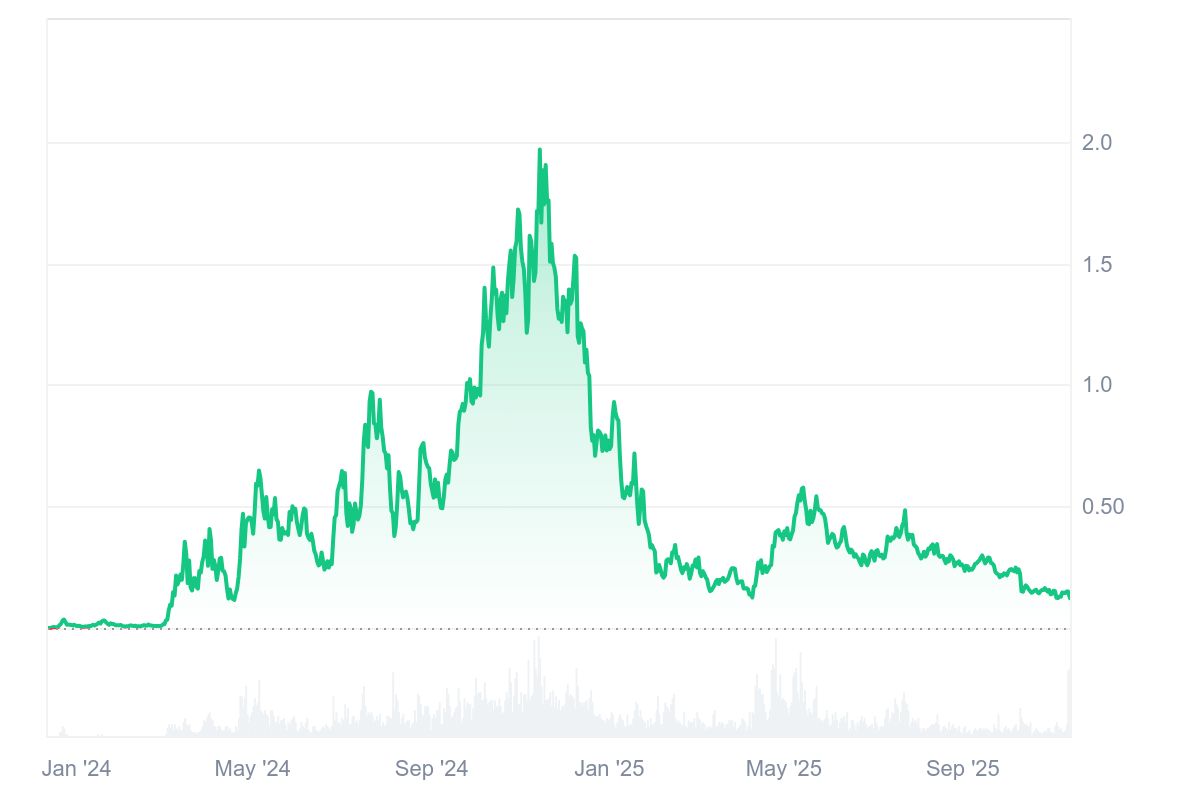POPCAT Crash Explained: How One Coordinated Attack Rippled Through the Solana Memecoin Market
In mid-November 2025, the Solana-based meme token POPCAT suffered a sudden and dramatic crash that sent shockwaves through the crypto community. Over the course of just a few hours, its price plummeted nearly 20%, wiping out over $63 million in long positions and sparking heated debate about manipulation and leverage in decentralized finance (DeFi). At the center of it all: a coordinated trading maneuver involving multiple wallets, oversized leveraged bets, and a fast pullback that left both traders and platforms reeling.
The incident didn’t just sink POPCAT’s price—it triggered a chain reaction. Hyperliquid, a decentralized futures exchange where much of the action unfolded, was forced to pause deposits and withdrawals temporarily after its community-backed liquidity vault absorbed nearly $5 million in losses. As details of the attack unraveled, it became clear this wasn’t just a case of volatility—it was a calculated strike that exploited vulnerabilities in the memecoin ecosystem and raised big questions about DeFi’s risk protections. Here’s what really happened, and why it matters.
POPCAT: Solana’s Viral Cat-Meme Token

POPCAT is a community-driven memecoin built on the Solana blockchain, inspired by the viral "Popcat" meme—a looping image of a cat named Oatmeal with an exaggerated mouth pop. Launched as a fun, community-centric project, POPCAT explicitly brands itself as having “no inherent value or financial expectations,” existing purely for entertainment and social momentum. Despite this tongue-in-cheek positioning, it has drawn significant speculative interest.
By November 2025, POPCAT had grown into one of the more notable memecoins on Solana, boasting a market cap in the range of $120–130 million. CoinMarketCap listed it at around $0.127 with a 24-hour trading volume near $250 million. Though down more than 90% from its all-time high of over $2 in late 2024, it maintained a loyal trader base and active futures market presence. It traded across major centralized platforms like Bitget and decentralized venues including Hyperliquid, where users could take highly leveraged long and short positions—often with little risk control, as recent events would show.
The Coordinated Crash: 19 Wallets, $3M Bet, $63M Liquidated

POPCAT Price
Source: CoinMarketCap
In what appears to be one of the most calculated meme-token takedowns of the year, a single actor exploited POPCAT’s thin liquidity and high leverage exposure. Blockchain analysts traced the attack back to approximately $3 million in USDC, which was withdrawn from a centralized exchange and spread across 19 separate wallets. Each wallet then opened highly leveraged long positions in POPCAT on the decentralized derivatives platform Hyperliquid.
The attacker reportedly built a massive $20–30 million leveraged long position, using roughly 5× leverage. To artificially support the price, they created a “buy wall” near $0.21, drawing in other bullish traders and pushing the price higher. But the setup was a trap. Once the wall was in place and the market had reacted, the attacker suddenly pulled the support. The price collapsed, and within minutes, the leveraged positions began to unravel.
The result? A liquidation cascade. As POPCAT’s price dropped into the low $0.13s, more than $62 million in long positions were liquidated—many of them from unsuspecting retail traders. One wallet alone was hit with a staggering $21 million liquidation. According to Coinglass data, only about $1.6 million in shorts were closed out during this event, suggesting the majority of traders were caught long and off guard.
Aftermath: Liquidations, Exchange Freeze, and Market Shock
The shockwaves from the attack were immediate and far-reaching. On-chain data revealed that POPCAT’s 24-hour futures volume spiked by over 1,100%, hitting approximately $1.2 billion—a massive jump for a niche meme token. Open interest also surged by 11% just before the collapse, indicating a flurry of leveraged positioning right before the rug was pulled. These metrics painted a clear picture: traders were baited in by price action and momentum, only to be wiped out when the floor vanished.
As liquidations mounted, Hyperliquid’s community-owned vault (HLP)—which provides liquidity to backstop trades—was forced to absorb roughly $4.9 million in bad debt left by the collapsing positions. The platform responded by temporarily pausing USDC deposits and withdrawals on its Arbitrum bridge, invoking an emergency lock mechanism designed to prevent further contagion. Although the exchange reassured users that “funds are safe” and restored normal operations within about 25 minutes, the damage had been done.
Community Reactions and the Broader DeFi Wake-Up Call
As news of the attack spread, crypto Twitter (X) and Telegram lit up with live breakdowns, memes, and outrage. Prominent Solana accounts like @SolanaFloor and @DeFiLlama posted real-time liquidation updates, noting the scale of the carnage. One tweet summed it up bluntly: "$63 million worth of long positions have been liquidated on POPCAT, including a single $21M position." Many labeled the incident "peak degen warfare"—a reference to the high-stakes gambling culture embedded in meme token trading.
But beneath the memes, serious concerns emerged. Critics questioned how Hyperliquid—a platform offering up to 10× leverage on low-liquidity assets—hadn’t put safeguards in place to prevent this kind of manipulation. Some called for tighter limits or risk caps on community-backed liquidity vaults like HLP, which took the financial hit. Others questioned whether this kind of selective token delisting and emergency withdrawal pause was compatible with DeFi's decentralization ideals.
This wasn’t the first time Hyperliquid’s system was stressed. Earlier in 2025, a similar manipulation targeting the memecoin JELLYJELLY caused $12 million in losses, also absorbed by HLP. The repeated pattern has reignited discussions around the need for automated on-chain circuit breakers, improved wallet clustering to detect coordinated attacks, and whether memecoins should even be eligible for leveraged trading on decentralized derivatives markets.
Conclusion
The POPCAT crash is more than just another memecoin wipeout—it’s a warning shot for the entire Solana ecosystem. In 2025, Solana emerged as a leading hub for memecoin mania, with coins like WEN, BONK, and POPCAT commanding hundreds of millions in volume. But that hype cycle has started to slow. According to TradingView data, new token launches and launchpad activity on Solana have dropped by nearly 50% since mid-year, and some analysts estimate the meme sector’s market cap has fallen by $28 billion from its 2024 peak.
Events like the POPCAT attack accelerate this cooling trend. For newer investors, the message is sobering: meme tokens—especially those with low liquidity and high leverage exposure—can be easily manipulated by coordinated actors. For developers and protocol teams, it’s a wake-up call to build better guardrails: whether through dynamic leverage caps, fraud detection systems, or smarter liquidity backstops that don’t put user funds at risk.
Yet, even amid the chaos, many in the community aren’t walking away. CoinGecko sentiment data showed that a slim majority of POPCAT holders—roughly 58%—remained bullish even after the crash, suggesting that for some, this was just another day in the life of a memecoin. Whether that optimism is admirable or reckless remains to be seen. But one thing’s for sure: in the world of Solana memecoins, volatility isn’t a bug—it’s the feature.
Disclaimer: The opinions expressed in this article are for informational purposes only. This article does not constitute an endorsement of any of the products and services discussed or investment, financial, or trading advice. Qualified professionals should be consulted prior to making financial decisions.



